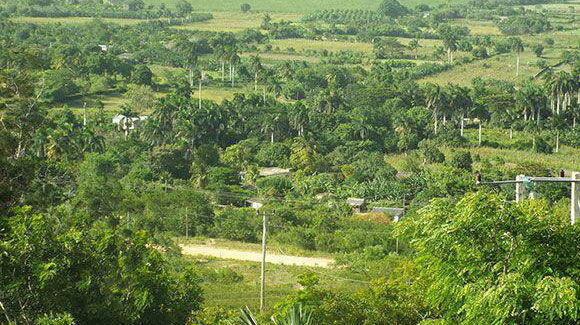|
|
In the heart of a plain, between the cities of Las Tunas and Manatí, stands a singular elevation, from where one can see the colorful crops of the peasants, and the prominence of the royal palm, Cuba's national tree.
Las Tunas, Cuba.- This is the Cerro de Caisimú (Caisimú Hill), a rural enclave with a before and after in its history, since in the past it was only known for being one of the main elevations in the geography of the current province of Las Tunas.
However, historians began to reveal that before the capture of La Loma Fort, in Puerto Padre, in 1871, Major General Vicente García and his troops met there to plan the attack.
In 1958, an old woman from the region promised that if the rebels' Revolution triumphed, she would build a chapel for the Virgen de la Caridad del Cobre (Virgin of Charity of El Cobre). The oath was fulfilled and has been used by locals and visitors to pay tribute to the Patron Saint of Cuba from the emblematic elevation, 250 meters above sea level.
The region's name comes from the fact that it is said that an indigenous man called Caisimú once lived there.
The history of this enclave was enriched when a motel was built in the 70s of the last century, where visitors were amazed because, from there, they could see the enchanting natural landscape from a 180-degree angle. Among them were the Commander in Chief Fidel Castro and the national poet Nicolás Guillén, invited by the then-first secretary of the Communist Party of Cuba in the province, Commander Faure Chomón Mediaviella.
Since 2005, it has been functioning as a popular camping site -adapted to the present times- with an adequate structure and a swimming pool at the very top of the hill, making the place even more paradisiacal.
